Our planet’s most extraordinary locations are often celebrated for their visual splendor—dramatic landscapes, architectural wonders, or natural phenomena that captivate the eye. Yet some of Earth’s most remarkable places distinguish themselves entirely through another sense: sound.
These acoustic wonders create auditory experiences that define locations as powerfully as any vista or monument, offering unique sonic signatures found nowhere else in the world. Here is a list of 20 places where the experience of listening reveals extraordinary natural acoustics, unusual sound phenomena, and sonic environments that challenge our understanding of how the world can sound.
The Singing Sands of Kelso Dunes

In California’s Mojave Desert, the Kelso Dunes produce a mysterious booming sound when conditions are exactly right, and visitors slide down their steep faces. This rare phenomenon, caused by perfectly round, uniform sand grains rubbing together, creates a deep, resonant hum that vibrates through your entire body.
The sound occurs only when the sand is completely dry and at a specific angle of descent, making each successful “boom” a rare acoustic trophy for desert explorers.
Fingal’s Cave in Scotland

Nature created one of the world’s most perfect acoustic spaces on the uninhabited island of Staffa, where hexagonal basalt columns form a cathedral-like sea cave with extraordinary sonic properties. The rhythmic echoes of waves within the cave’s geometric structure create such perfect musical tones that composer Felix Mendelssohn wrote an overture inspired by its natural symphony.
The cave’s remarkable acoustics amplify the sound of water while adding harmonic overtones that seem deliberately designed rather than naturally formed.
Like Travel Pug’s content? Follow us on MSN.
Iceland’s Singing Lake
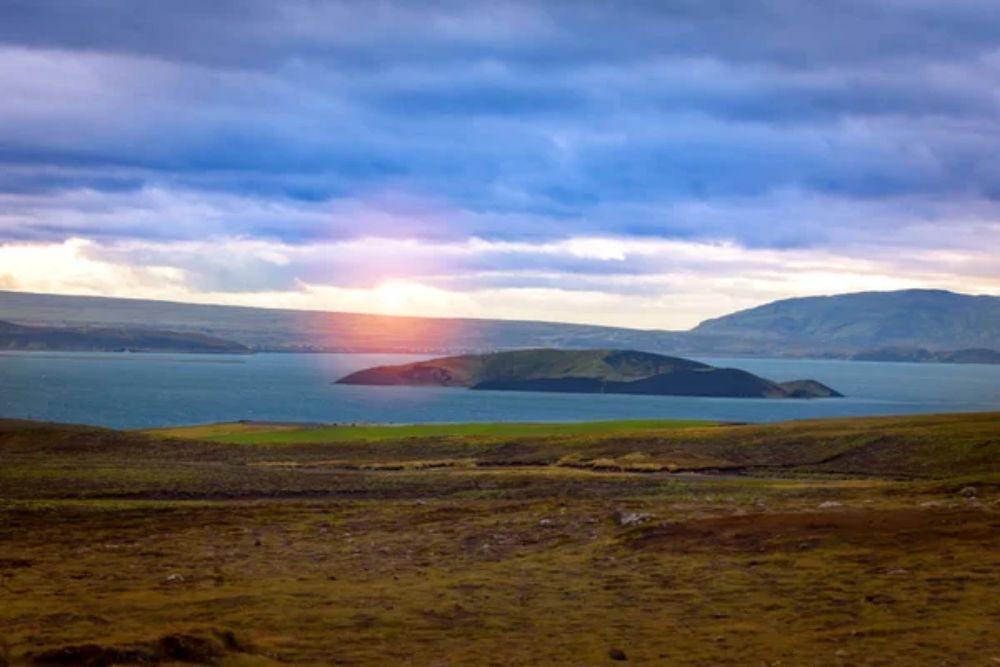
During winter, Lake Thingvallavatn in Iceland produces otherworldly sounds as its thick ice sheet expands and contracts with temperature changes. These eerie tones range from high-pitched clicks to deep, whale-like moans that echo across the frozen landscape, creating a natural symphony that changes with the weather.
Local residents recognize distinct “songs” that signal specific temperature patterns, effectively creating a natural forecasting system through sound.
The Humming Dunes of Sand Mountain

Nevada’s Sand Mountain produces sustained tones rather than brief booms when wind conditions and humidity levels align perfectly with its unique sand composition. Unlike most acoustic sand phenomena that require human action to trigger, these dunes sometimes spontaneously hum for minutes at a time when strong winds hit at precise angles.
Researchers have recorded distinct frequencies produced by different sections of the dune, suggesting that each area has its acoustic signature.
The Bell Rocks of Mazon Creek
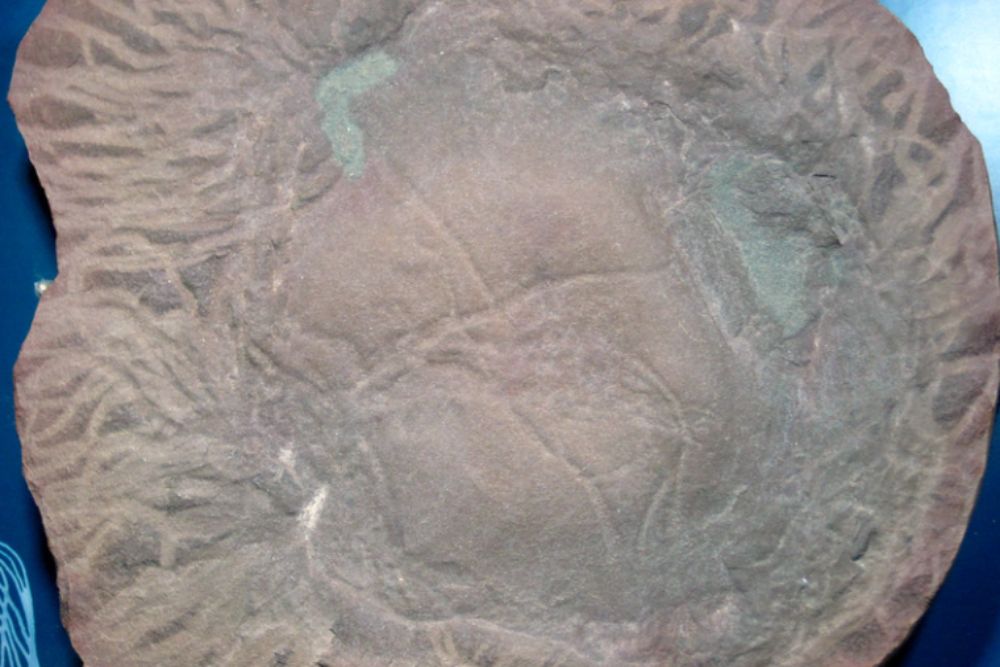
In Illinois, rare concretions known locally as “bell rocks” ring with perfect metallic tones when struck together despite being completely natural stone formations. These limestone nodules, famous among geologists for their fossil contents, produce sounds so melodious that local musicians have created primitive xylophones from carefully selected specimens.
Their perfect internal crystalline structure creates resonant chambers that amplify specific frequencies while dampening others.
Like Travel Pug’s content? Follow us on MSN.
The Squeaking Beach of Australia

At Squeaky Beach on Victoria’s Wilsons Promontory, visitors walk across sand that produces distinct squeaking sounds with each footstep due to the unusual shape and hardness of its quartz grains. The perfectly rounded, exceptionally clean sand grains rub against each other to create sounds similar to walking on fresh snow or cornstarch.
The acoustic effect only occurs when the sand contains precisely the right amount of moisture, making the beach temporarily silent after heavy rain.
The Davis-Monthan Airplane Boneyard

The world’s largest aircraft storage facility in Arizona creates an otherworldly soundscape when desert winds pass through thousands of hollow fuselages arranged in precise rows. This military storage site becomes a massive wind instrument where air currents produce tones ranging from deep whooshes to high whistles as they interact with different aircraft components.
Security personnel report that they can identify approaching weather patterns solely by the changing harmonics produced by the stored planes.
The Acoustic Ecology of Olympic National Park
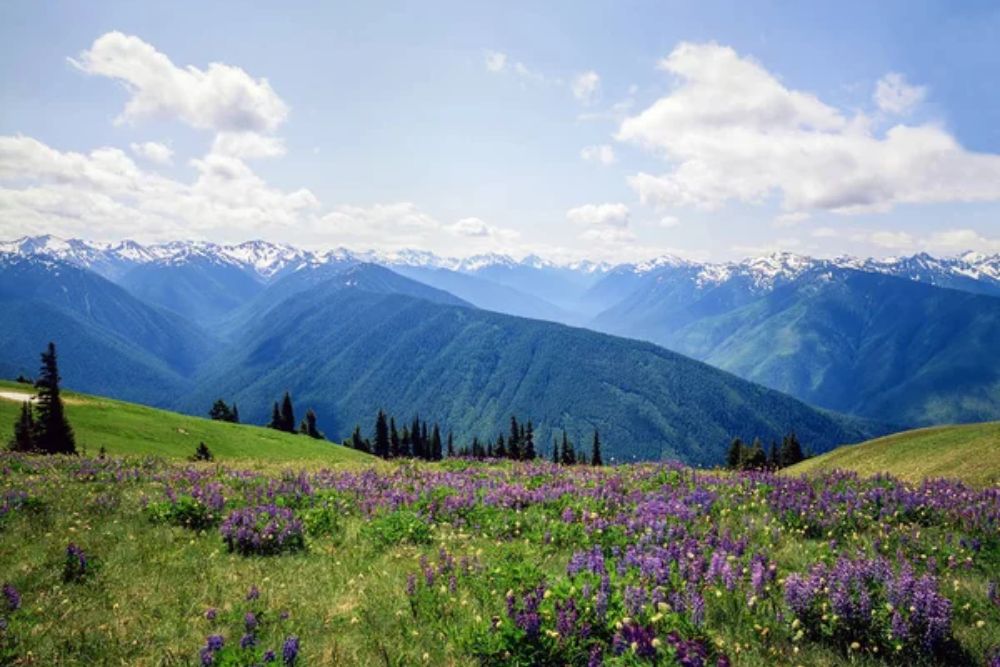
Washington’s Hoh Rainforest contains one of Earth’s last truly pristine soundscapes, preserved through conscious effort as a haven of natural acoustics untouched by modern noise pollution. This rare environment allows visitors to hear the actual acoustic range of temperate rainforest—from the micro-sounds of insects and droplets to the layered spatial placement of bird calls through three-dimensional forest space.
Acoustic ecologists have documented over 1,200 distinct natural sounds within a single square mile of this protected soundscape.
Like Travel Pug’s content? Follow us on MSN.
The Whistling Caves of Ecuador
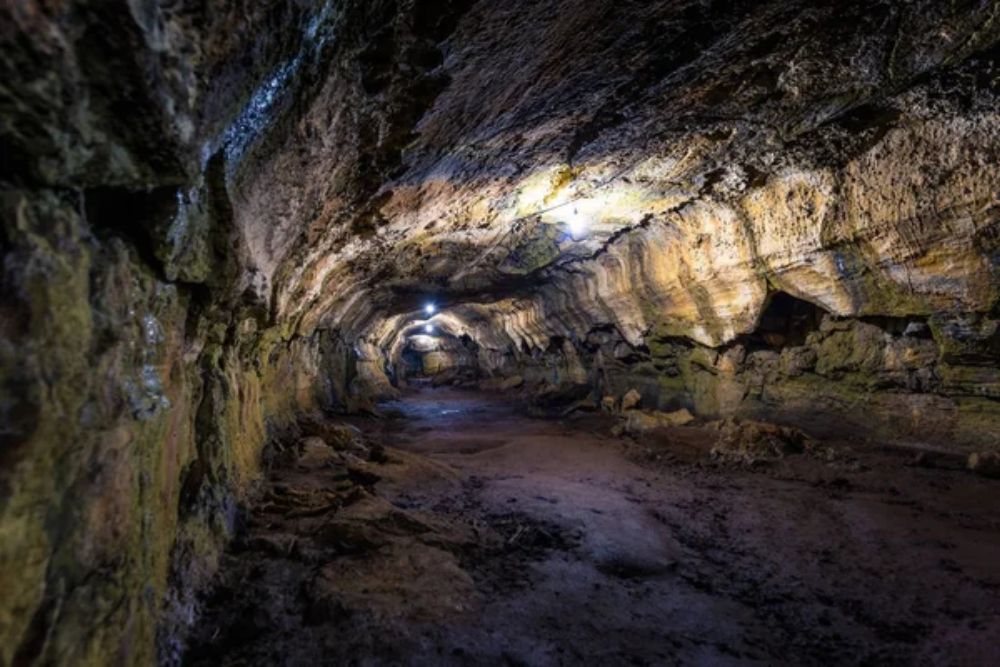
Deep within Ecuador’s cloud forests, a network of caves produces perfectly pitched whistling tones when specific air currents flow through their narrow passages. Local indigenous communities incorporated these natural instruments into traditional ceremonies, timing rituals to coincide with seasonal wind patterns that activate different chambers.
Archaeological evidence suggests that some cave entrances were modified centuries ago to enhance their acoustic properties for ceremonial purposes.
The Thunder Drums of Goblin Valley

Utah’s Goblin Valley contains mushroom-shaped hoodoos that transform into natural percussion instruments during summer thunderstorms. Rainfall striking different formations creates distinct tones based on their size, shape, and composition, generating complex rhythmic patterns that echo across the valley.
The acoustic properties of these formations are so precise that specific hoodoos produce the same identifiable notes during each rainfall, creating recognizable “melodies” that regular visitors can identify.
The Mojave Phone Booth

Before its removal in 2000, this isolated phone booth in the Mojave Desert became famous for its unique acoustic environment where conversations merged with absolute desert silence. This man-made intrusion created a jarring audio juxtaposition, with callers reporting the sensation of existing in two sonic worlds simultaneously—the electronic connection and the profound desert quiet.
The booth’s location created a rare contrast between technological and natural soundscapes rarely experienced in our noise-filled world.
Like Travel Pug’s content? Follow us on MSN.
The Great Stalacpipe Organ

Virginia’s Luray Caverns houses the world’s largest musical instrument—an organ that plays stalactites instead of pipes, each tuned precisely by removing small amounts of material to achieve perfect pitch. This underground marvel spans 3.5 acres of the cavern, with rubber mallets striking stone formations to produce hauntingly pure tones that resonate through the limestone chambers.
The natural amplification properties of the cave enhance each note, creating a sound that exists nowhere else on Earth.
The Whispering Gallery of St. Paul’s Cathedral

The interior dome of London’s St. Paul’s Cathedral creates one of the world’s most famous acoustic anomalies. Whispers against the wall travel perfectly around the circular structure to be heard clearly on the opposite side. This architectural phenomenon, created through precise geometric proportions, allows sounds too quiet to hear from three feet away to be perfectly audible over distances exceeding 100 feet.
The perfectly curved surface guides sound waves with minimal degradation, creating the illusion of impossible hearing.
The Singing Bridge of Islamabad

Pakistan’s Shah Faisal Mosque features tensioned cable structures that transform into enormous string instruments when desert winds reach specific velocities. These architectural elements produce complex harmonic overtones that can be heard throughout surrounding neighborhoods, creating a city-wide acoustic experience that changes with the seasons.
Local residents can identify wind patterns solely through the distinctive progressions of tones produced by different sections of the structure.
Like Travel Pug’s content? Follow us on MSN.
The Cathedral of Empty Space
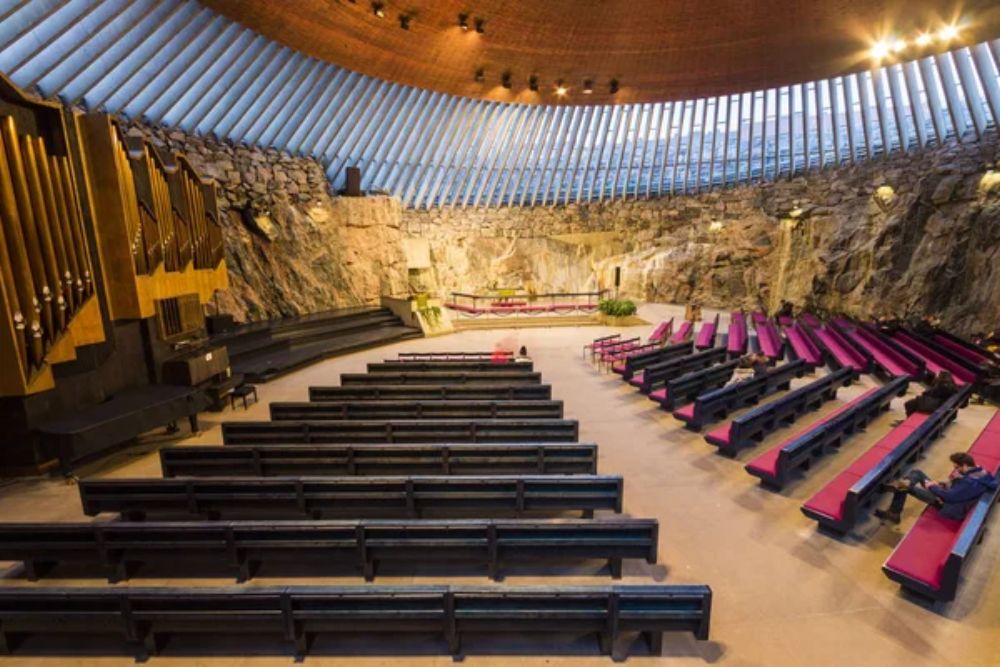
Finland’s Temppeliaukio Church, carved directly into solid bedrock, creates one of the world’s most distinctive acoustic environments where silence itself becomes almost tangible between sounds. The rock walls and copper dome create unusual reflection patterns that preserve some frequencies while completely absorbing others, making music sound unlike anywhere else on Earth.
Recordings made inside this space retain distinctive acoustic signatures that are immediately recognizable to audio engineers who are familiar with their unique properties.
The Sound Mirrors of Denge

Along England’s coast, massive concrete “sound mirrors” built before World War II to detect approaching aircraft create extraordinary acoustic spaces that focus distant sounds with unsettling clarity. These abandoned structures, some measuring over 30 feet in diameter, collect and concentrate sound waves from specific directions, making faraway conversations suddenly audible while nearby sounds disappear.
Standing at the focal point of these acoustic parabolas creates the disorienting experience of hearing distant sounds as if they were originating inside your head.
The Musical Road of Lancaster

In California’s Antelope Valley, specially engineered grooves cut into a highway create a recognizable melody when vehicles travel at exactly the posted speed limit. This road literally plays the William Tell Overture through tire vibrations transferred through the vehicle’s structure to create an embodied acoustic experience.
The precise spacing between grooves demonstrates how mathematical relationships between physical spaces translate directly into musical intervals through vibration.
Like Travel Pug’s content? Follow us on MSN.
The Rolling Stones of Racetrack Playa
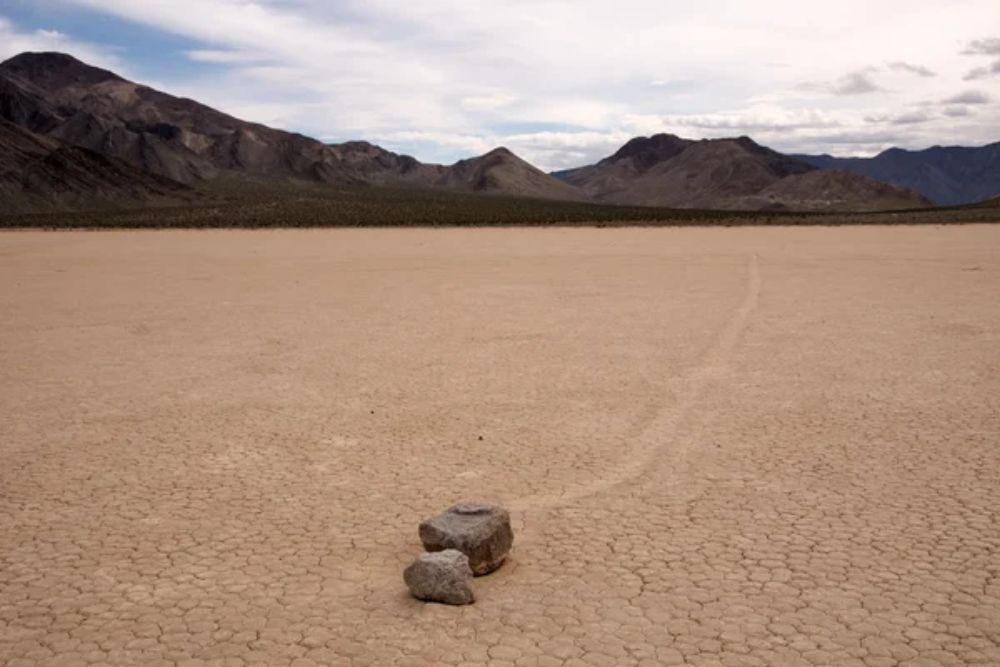
Death Valley’s famous moving rocks create distinctive sounds during their rare movements across the cracked desert floor. When conditions allow these boulders to sail across the playa on thin sheets of ice, witnesses report hearing sounds ranging from gentle whispers to loud scraping that echo across the valley.
The phenomenon occurs so rarely that few recordings exist, making this one of Earth’s most exclusive acoustic experiences.
The Murmuring Starlings of Rome

Each winter evening, millions of starlings create extraordinary acoustic patterns above Rome’s historic center as their synchronized murmurations generate complex sound fields that move physically through space. The birds’ wingbeats and calls combine to create ever-changing sound waves that flow around buildings and through streets, providing an immersive audio experience that complements their famous visual displays.
Acoustic scientists study these natural sound fields to understand principles of spatial audio that technology cannot yet replicate.
The Acoustic Shadows of Gettysburg

During the Civil War battle at Gettysburg, unusual atmospheric conditions created “acoustic shadows” where soldiers could see cannon fire but hear nothing. In contrast, others miles away heard every shot with perfect clarity. These same mysterious acoustic properties persist today, with certain locations on the battlefield exhibiting unexplained sound propagation patterns that defy normal physics.
Modern researchers continue studying these phenomena, which may relate to unique interactions between landscape features, atmospheric layers, and sound wave behavior.
Like Travel Pug’s content? Follow us on MSN.
Listening to Earth’s Voice
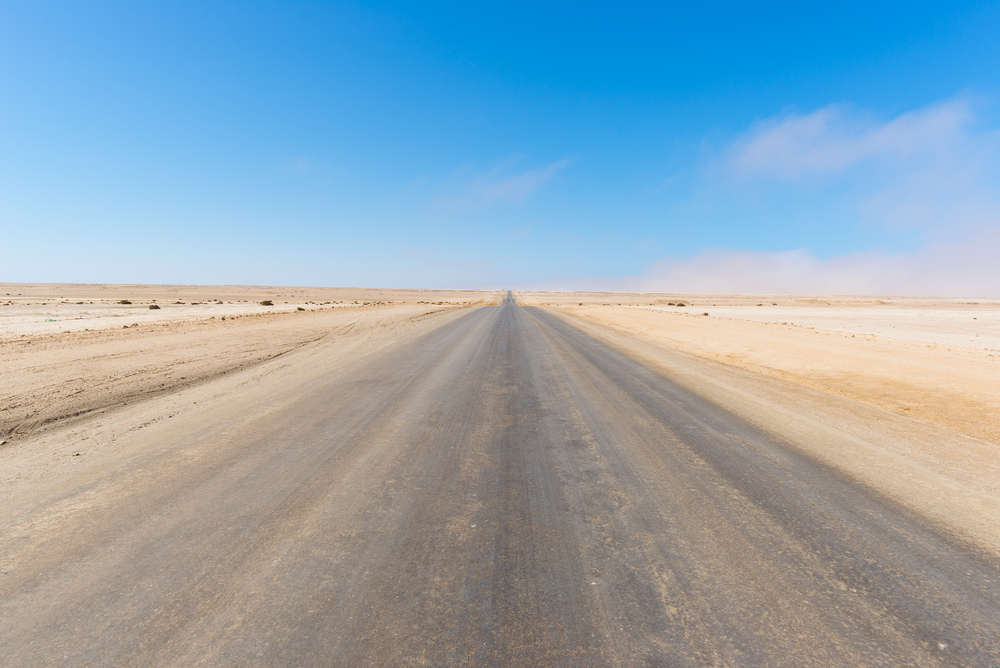
These remarkable places remind us that experiencing a location fully requires opening our ears as well as our eyes. While photographs may capture visual beauty, the acoustic dimensions of these extraordinary environments can only be truly appreciated through presence and attentive listening.
As our world grows increasingly noisy, these unique soundscapes offer rare opportunities to experience how profoundly sound shapes our perception of place. By seeking out and protecting Earth’s acoustic wonders, we preserve not just environmental resources but dimensions of human experience that connect us more deeply to the remarkable planet we inhabit.
More from Travel Pug

- Cities Growing so Fast You Won’t Recognize Them in 10 Years
- 13 Destinations Where Tourists Regularly Regret Their Trip
- 20 Obscure WWII Sites Even History Buffs Don’t Know About
- 10 Under-the-Radar Mountain Towns That Are Both Affordable and Beautiful
- 20 Abandoned Places That Feel Like Real-Life Post-Apocalyptic Movie Sets
Like Travel Pug’s content? Follow us on MSN.
